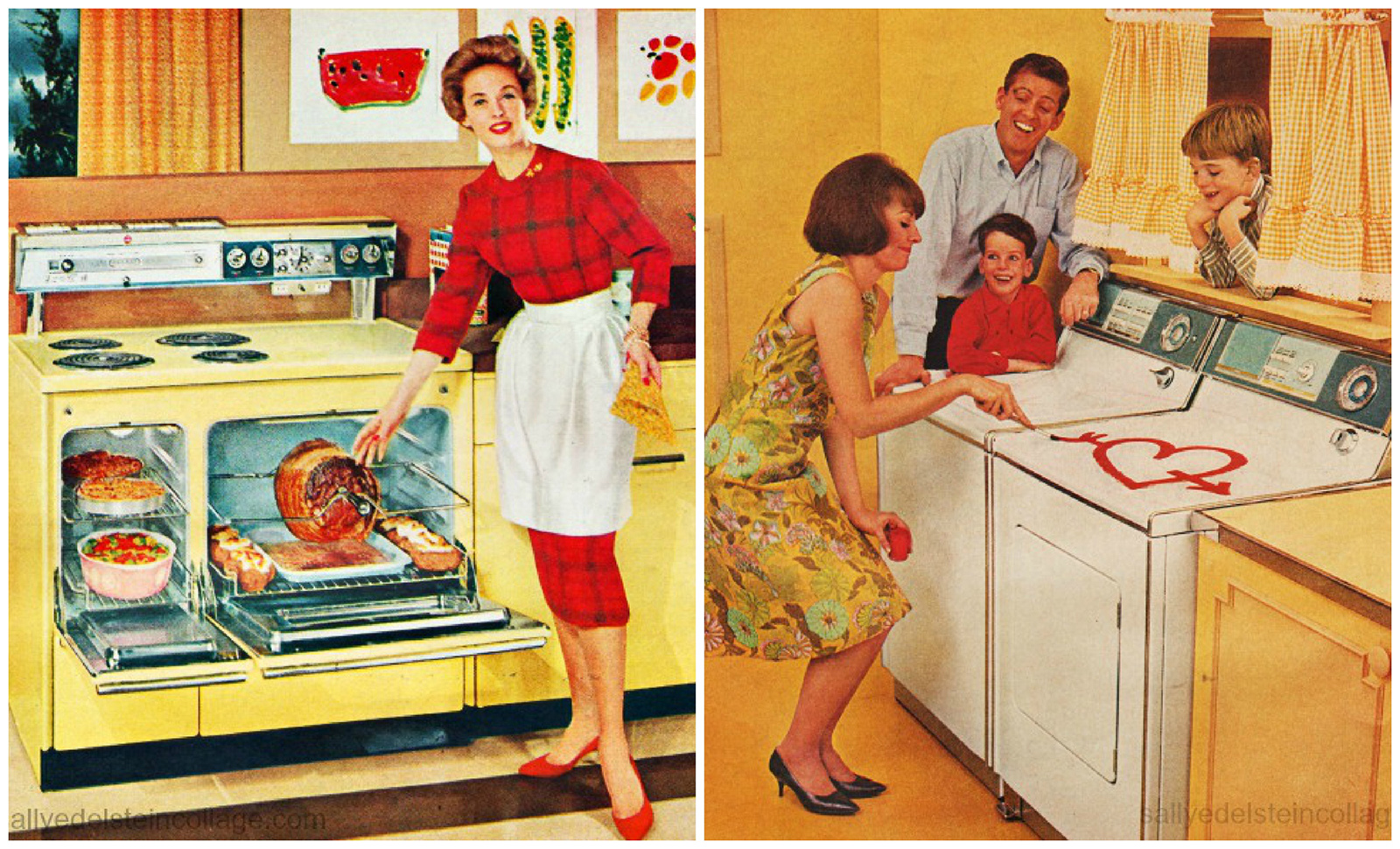The rise of prosperity of the United States in 1920 led to the emergence of American Consumerism in the period in history known as the Roaring Twenties.

Consumerism is the theory that it is economically attractive to encourage the attainment of goods and services in ever-increasing amounts.

American Consumerism increased during the Roaring Twenties due to technical advances and innovative ideas and inventions in the areas of communication, transportation and manufacturing. Americans moved from the traditional avoidance of debt to the concept by buying goods on credit.
Mass advertising and marketing techniques via the 1920's newspapers and the radio saw a massive increase in sales via easy consumer credit.

What does Consumerism mean?
Consumerism is the theory that an increasing expenditure on goods is economically desirable. American consumerism in the 1920's led to the preoccupation of the purchase of consumer goods
What is an example of Consumerism 1920s America?
An example of American Consumerism 1920s the purchase of automobiles. In the Roaring Twenties over 60% of Americans bought their automobiles on credit. Debt was not a worry - people believed that America, and the Stock Market, were invincible.
Watch this 3 minute video and Comment on the blog one fact that you learned. Try not to repeat a fact that has already been stated.
I thought it was interesting that over 1.5 million Americans owned stock market accounts.
ReplyDeleteThe fact I wanted to say was a model T car cost 150 in 1908
ReplyDeleteI wish I could buy a car at that price!
Deleteme too. i would already have a car JK
DeleteMy fact i wanted to share, is that the dishwasher s so cheap. $8 a month
ReplyDeletewell actually $8 dollars back then is $99.39 now a days
DeleteI found it interesting that in the 1920s more women were working outside the home than in. The reason I find this bizarre is that prior to the 1920s nearly every woman worked inside her home, this was a crazy and fast change!
ReplyDeleteThat does seem bizzare! But while I was researching for my paper in writing class, I saw that this was because of the jobs they did in the war. After people saw what women were capable of, they reilized that women should be working outside that house.
DeleteI thought it was interesting that the A&P grocery store had over 15,000 stores nationwide! That's a lot of food!! If I were living in that time, I'd like to see if I could go to every single one and buy a bag of pretzels at each one. So many pretzels!!!!
ReplyDeleteMy fact I wanted to share was the vacuum. That changed a lot of peoples lives back then. It was so much easier to clean things up back then for people. That would have been nice if they could have got it before the 1920's.
ReplyDeletei learned that JCPenny was a thing back then!! (didn't know that)... and that during the 1920's ALOT more stores and gas stations were made
ReplyDeleteone fact I learned was that people would be shund if they didn't buy the latest technology
ReplyDeleteI didn't know JC penny and Macy's were stares back then either! I knew they were old, but I thought they started in the 60s or 70s!!
ReplyDeleteI found it amazing how the oil company grew to have over a thousand gas stations by 1929.
ReplyDeleteI also found it interesting how average people were ok with a "two-bit" president as long as the economy stayed strong!
I found it interesting that the subconscious tactics that the businessmen were using to promote their products telling you that if you do not buy this product you are not cool.
ReplyDeleteA fact I learned from the video and the words you wrote above was that they were not afraid of being in debt. And that they thought America's economy was invincible.
ReplyDeleteI thought it was interesting how a car only cost $850 then, which doesn't seem like much, but that would end up being about $22,600 today.
ReplyDeleteThe fact I learned was that Standard Oil went from 12 gas stations in 1920 to over 1,000 by 1929! That is crazy!
ReplyDelete